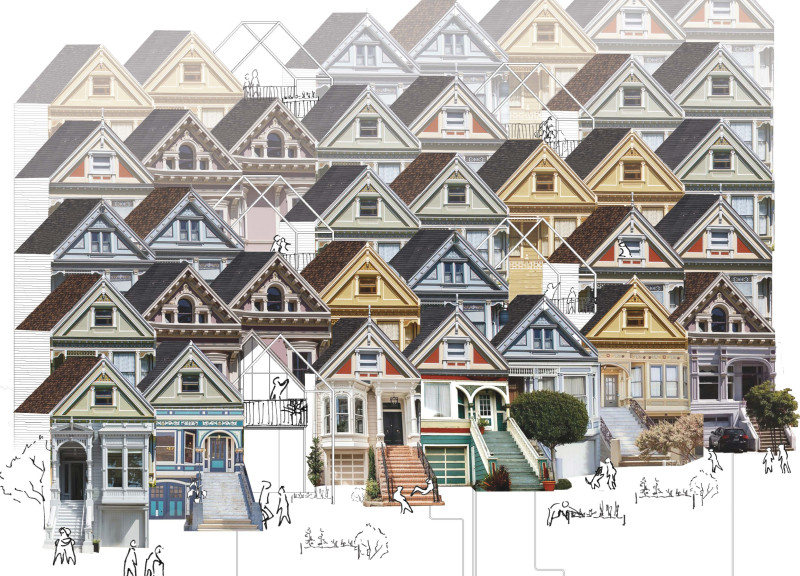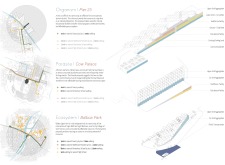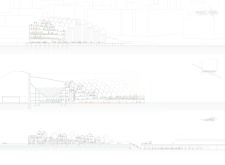5 key facts about this project
"Little Cities" is an architectural design project located in San Francisco that addresses the pressing need for affordable housing. This initiative embodies a community-focused approach to urban living, promoting social interaction and accessibility through a carefully planned housing strategy. The design features a diverse range of residential units integrated into an urban framework that prioritizes both individual privacy and communal engagement. By drawing inspiration from Victorian rowhouses, the project combines aesthetic heritage with modern functionality to create a cohesive environment conducive to quality living.
The layout of "Little Cities" adopts a modular approach, enabling the construction of housing units that cater to differing family sizes and needs. The units include configurations such as single and double rooms, as well as compact living spaces designed for individuals. Each unit emphasizes efficient use of space while incorporating thoughtfully designed communal areas that facilitate resident interaction. This blending of private and communal spaces is central to fostering a sense of community, allowing for shared resources and enhanced social wellbeing.
Innovative design principles characterize "Little Cities," distinguishing it from typical affordable housing projects. One notable aspect is its strategic integration of essential services within walking distance, such as healthcare facilities, educational institutions, and community resources. This approach minimizes the dependency on transportation and enhances the overall livability of the community. Moreover, the project features varied site designs tailored to specific locations, addressing unique contextual challenges while promoting neighborhood identity.
Sustainability plays a significant role in the project’s material selection and overall building strategies. The use of wood for structural elements aligns with a commitment to environmentally friendly building practices, while the incorporation of metal and glass enhances both durability and aesthetic appeal. These materials not only contribute to the project's resilience but also facilitate optimal natural light and ventilation within living spaces.
The overall design of "Little Cities" promotes engagement among residents through its carefully curated public spaces and communal facilities. This architecture-driven community model serves as a powerful response to the challenges of urban life, suggesting that affordable housing can coexist with quality design and environmental responsibility.
To explore deeper insights into the project, readers are encouraged to review architectural plans, sections, and designs that reveal the underlying architectural ideas and the thoughtful execution behind "Little Cities."






















































